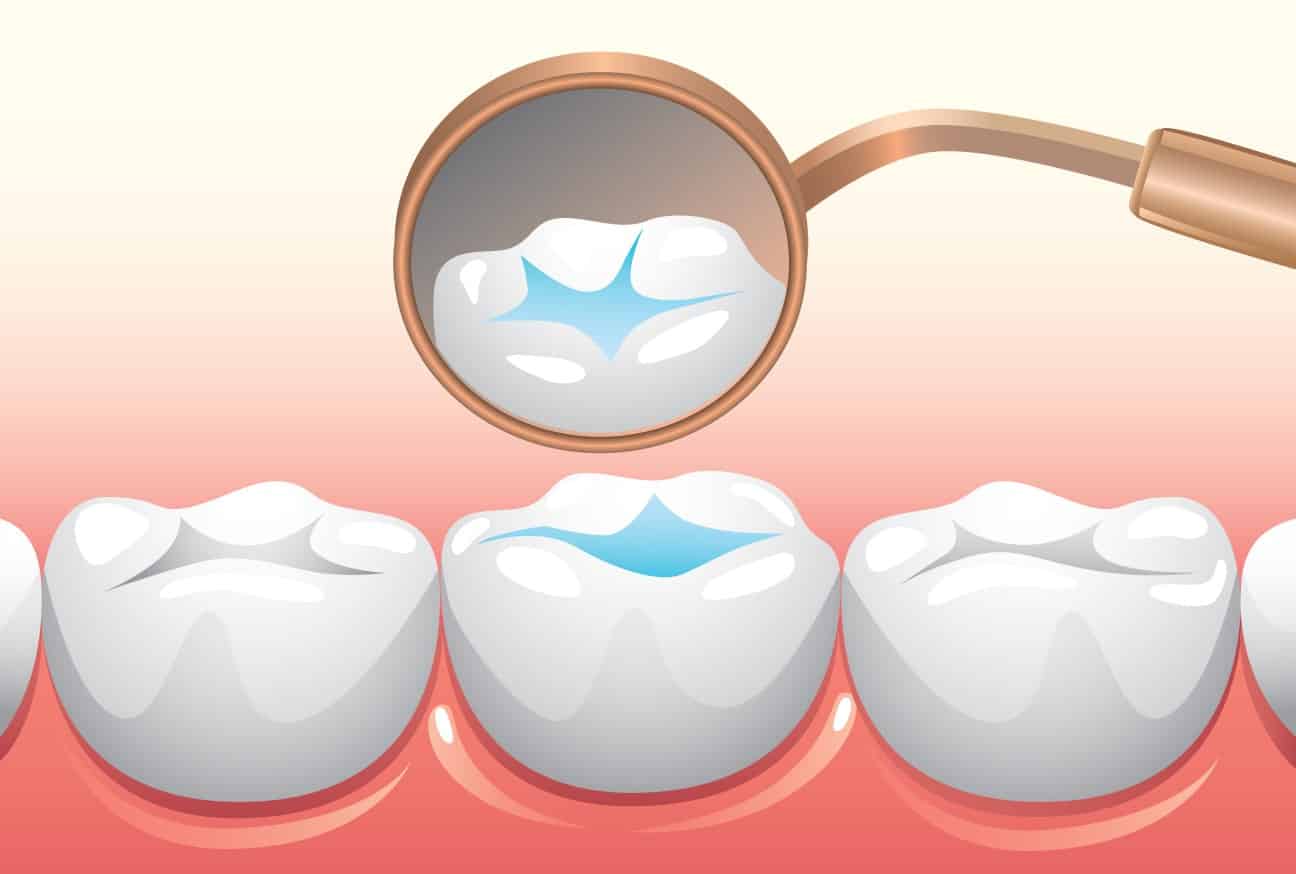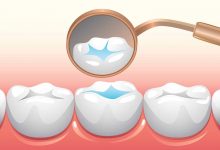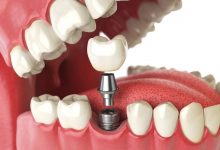What You Need to Know About Dental Sealants for Kids

Index Of The Blog
As a parent, you constantly worry about chores like should you inspect your attic regularly? How often should you have your kids’ teeth check? You strive to provide the best dental care for your children. You ensure they brush their teeth regularly and eat healthy foods that benefit their oral health. It’s important to learn about any additional preventative measures to keep your child’s smile bright and beautiful – like dental sealants. Even though this form of prevention seems unfamiliar and overwhelming, it can be an invaluable part of helping protect your child’s teeth from cavities and other tooth decay affecting millions of Americans yearly.
In this blog post, we’ll explore what dental sealants are and how they can benefit both adults and children in maintaining excellent hygiene habits – so read on!
What are Dental Sealants?
Dental sealants are thin coatings applied to the chewing surfaces of the back teeth with dental sealants (molars). They produce a barrier that protects the teeth from tooth decay and cavities.
Consider them to be the raincoats for your teeth. When cavity-causing bacteria in every person’s mouth interact with residual food particles, they form acids that can cause tooth decay. These are examples of cavities. After the sealant has been placed, it prevents food particles and germs from adhering to teeth, just as a raincoat keeps you clean and dry during a storm.
There is a tiny quantity of bisphenol acid in sealants (BPA). In most cases, the benefits of sealants exceed any possible risks posed by this chemical, as it is present at such a small level and normally only remains for three hours after sealants are applied. 2016 research indicates that it is widely regarded as safe.
A Gentle Reminder to Consult with Your Dentist
It is important to discuss dental sealants with your child’s pediatric dentist. The early prevention of cavities and other oral issues can save a great deal of money and stress in the long run. Making sure your child has regular dental check-ups and visits with a trusted pediatric dentist in Embrey Mills, VA, like Junior Smiles of Stafford, will help ensure their teeth stay healthy for life. Pediatric dentists are especially helpful when it comes to introducing preventive care like fluoride treatments, dental sealants, and more.
Benefits of Dental Sealants
If you are a parent looking to protect your children’s teeth and ensure they have good oral health, then learning about dental sealants could be an important step. By understanding more about dental sealants, you will learn why it may be beneficial to consider investing in this procedure for yourself or your loved ones!
Sealants are suitable for all ages.
Contrary to popular belief, sealants are effective for adults as well as children. Although children are the most typical age group to receive therapy, anybody can enjoy its advantages. The permanent teeth of older adults are likewise plagued with microscopic grooves that must be filled to prevent bacterial growth.
Dental sealants are natural looking.
People are hesitant to take precautionary actions to safeguard their teeth out of concern that it would be obvious. Nevertheless, with dental sealants, this is different! Since they are transparent or white, nobody can see dental sealants, giving them natural protection.
Dental sealants are pain-free.
Unlike other dental treatments, the application of dental sealants is quick, simple, and nearly painless. During the operation, your dentist will clean the surface of your teeth and then use a special brush to apply a liquid resin to the biting surface. After the light has cured the resin, you may wash the tooth.
It would be best if you did not experience any pain or discomfort during or after the application, so your child may immediately resume normal daily activities.
Dental sealants are durable.
Sealants for the teeth might last between five and ten years. Bruxism (teeth grinding) and biting on hard items might reduce the effectiveness and duration of therapy. Consult your dentist about a tailored nightguard to protect your teeth and sealant if you suffer from bruxism.
Dental sealants are often covered by insurance.
Since dental sealants provide great protection against tooth decay, many health insurance providers cover its cost. Check your personal insurance coverage or inquire about PayBright’s financing alternatives to assist in reducing the price of any dental treatment plans.
3 Signs that Your Child Needs Dental Sealants
- Deep grooves and pits in the rear teeth
These deep grooves and pits are typical of many children’s back teeth, particularly their molars, which are the huge grinding teeth located at the very rear of their jaw. Because these groves provide multiple hiding places for food particles, germs can readily accumulate here, leading to tooth decay or other oral health issues in certain cases.
- Thin enamel
If your child has genetically thin enamel, sealants are an excellent alternative for safeguarding their back teeth.
The major indicator that your child should receive dental sealants is weak enamel. Enamel is the tough outer layer of the tooth, which protects it from germs and food acids. When the enamel of a person’s teeth is insufficiently thick, it is more susceptible to wear and tear, resulting in cavities or worse-looking teeth over time. As a result, parents should check for weak enamel indicators while determining if their kid requires dental sealants.
- History of cavities
Suppose your child has had several cavities in their baby or adult teeth. In that case, pediatric dental sealants will be prescribed to prevent the likelihood of new cavities developing in their back teeth.
Dental Sealant Risks
It is not enough to apply dental sealant on your child’s teeth. If the molars and premolars are not completely dry, the sealant will not adhere. Deep fissures are more difficult to close. If the youngster is restless in the dentist’s chair, saliva can penetrate the sealant, causing it to fail or wear away. This is one of the primary causes of sealant failure.
The higher the depth of the cracks, the greater the likelihood that bacteria may enter and cause deterioration. Some tooth fissures may be too deep to be cleaned using the dentist’s instruments.
Teeth grinding, as well as the consumption of ice and hard candies, can harm sealants; thus, it is essential to have regular dental exams. Failure of dental sealants can occur during the first six months.













